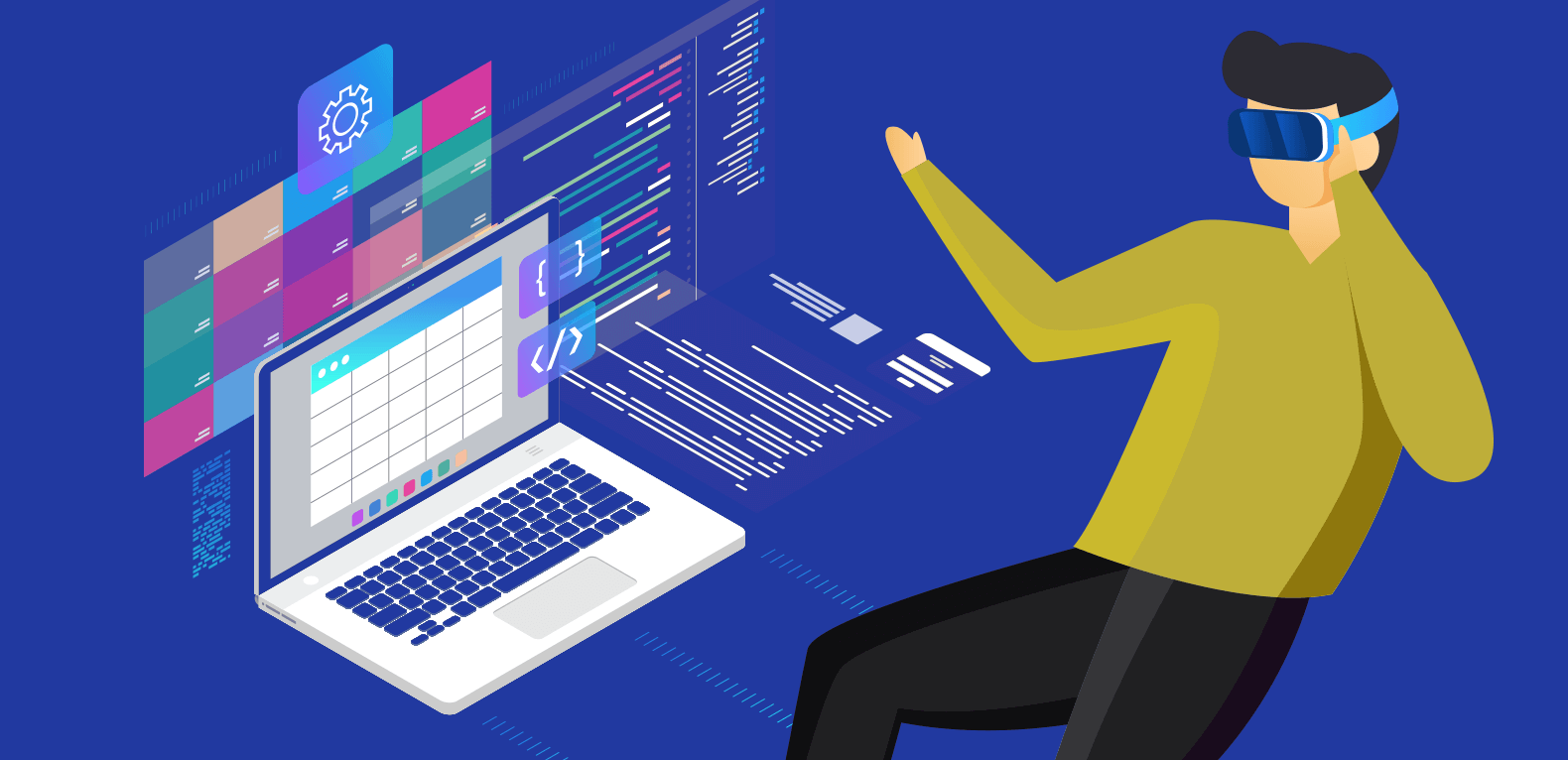Innovating the prominence of digital material, virtual reality (VR) edifies standard game development by allowing an all-encompassing and interactive involvement whereby users are transported into fictitious realms.
In this discourse, we intend to delve into the proficiencies that VR technological advancements have bestowed upon game creation while simultaneously scrutinizing the associated difficulties. This has led to an elevated rise in the rate at which companies that hire game developers
Furthermore, our analysis shall encompass an investigation of how such cutting-edge technology can provide novel prospects for gaming design and invigorate user engagement levels.
Ultimately, given its transformative potential capabilities in propelling forward the gaming industry’s progress toward uncharted domains benefiting both developers’ and users’ interests alike, VR indisputably presents itself as a formidable disruptor in contemporary times.
Oranisations now actively hire mobile app developers who are well-versed in the technological advancements made in the sphere of virtual reality (VR) and utillise them to present an array of unprecedented opportunities.
Let us take an in-depth look at what virtual reality has to offer to its users within the near future!
Let’s start!
What Is Virtual Reality
Virtual Reality (VR) represents a technologically engineered system that devises an artificial world which can be encountered and explored by end-users through the assistance of specialized hardware such as VR headsets and controllers. This ground-breaking concept employs computer-generated graphics in amalgamation with various sensory inputs like visual, auditory, and haptic feedback to simulate a realistic experience. The virtual environment allows individuals to engage in interactions with digital objects while traversing through the realm it offers. This innovation bears multifaceted implications for fields such as gaming, education, training and therapeutic implementations alike. With ongoing progression driving its development forward at an unprecedented pace – virtual reality has not yet reached its apex potential; possibly revolutionizing the way in which we perceive and interact within digital content domains will certainly remain inevitable.
Possibilities of Virtual Reality in Game Development
-
Immersive Gaming Experiences
The technology of virtual reality enables players to engross themselves into the gaming world as though they were physically present. Through its intuitive and natural movement system, players have access to an unprecedented level of engagement that was hitherto unattainable through conventional gaming interfaces. They can manipulatively interact with several objects, decidedly heightening their immersive experience.
-
Social Gaming
VR also allows for more natural and lifelike social interactions between players. The advent of innovative gaming interfaces harbors the potential to usher novel social dynamics and diverse gameplay possibilities which hitherto were infeasible with conventional counterparts.
-
Innovative Game Design
With VR, game developers can create game worlds that would be impossible to experience in the real world. This opens up a wide range of possibilities for game developers to create unique and engaging gaming experiences.
-
Enhanced Player Engagement
VR can increase player engagement by creating more memorable gaming experiences. This phenomenon can be duly attributed to the fact that individuals engaged in gameplay are predisposed to preserving memories of events that elicit a heightened sense of verisimilitude and deep-seated absorption.
-
Improved Accessibility
Recent advances in virtual reality (VR) technology have rendered it markedly more economical and readily available, thereby granting a more expansive audience access to partake in the exhilarating realm of modern-day gaming.
Wrapping Up
The emergence of Virtual Reality (VR) is deeply rooted in an innovative and progressive technological breakthrough, requiring the fabrication of a highly intricate simulated environment. This advanced equipment necessitates that users don VR headsets while donning operational controls to engage in this wholly immersive encounter.
The technology’s core tenet lies in its reliance on computer-generated imagery accompanied by sensory input from sight, sound, and touch. Such features are designed explicitly with the objective of bestowing upon its user base unparalleled experiences reflective of real-life scenarios.
Fascinatingly, avid denizens within virtual reality environments possess incredible abilities to interact with limitless digital objects situated within their surroundings while simultaneously traversing through diverse infinite terrain at will.
The interdisciplinary efficacy and sheer potency of such profoundly cutting-edge gadgetry speaks volumes for itself – ranging from fun-filled gaming contexts through various educational arenas alongside practical training experiences infused into therapeutic options geared towards individuals seeking solace most desperately.
As such, it would not be erroneous to assert that even though technology like this might be perceived as holding a lot of consequences – yet it can still unequivocally argued that this slick innovation holds unmatched potential when ushering forward entirely new dimensions pertaining to people’s interactions with digitally centric content presently offered worldwide!
These revolutionary trends have indeed managed to chart uncharted territories thus placing human imagination beyond all formerly prescribed limits set for us by previous generations!
Read Dive is a leading technology blog focusing on different domains like Blockchain, AI, Chatbot, Fintech, Health Tech, Software Development and Testing. For guest blogging, please feel free to contact at readdive@gmail.com.





